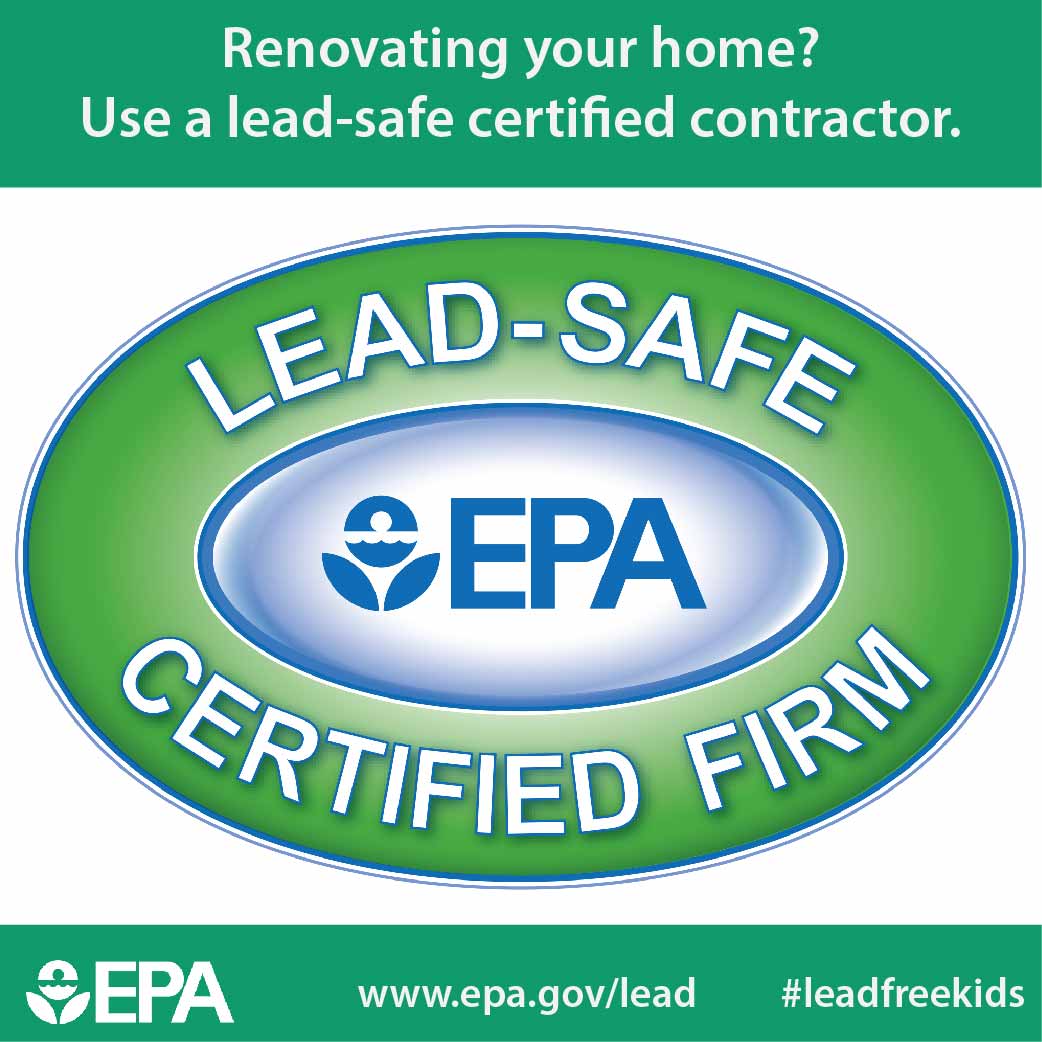Discover Exactly How Seasonal Impacts Can Impact The Efficiency Of Industrial External Painting And Discover The Most Desirable Times To Guarantee Resilient Results For Your Job
Discover Exactly How Seasonal Impacts Can Impact The Efficiency Of Industrial External Painting And Discover The Most Desirable Times To Guarantee Resilient Results For Your Job
Blog Article
Personnel Writer-Burnham Rosendal
When you're preparing an industrial external paint task, seasonal elements can make or damage your results. You'll intend to take into consideration how temperature and humidity influence paint application and drying out times. Selecting the appropriate period can ensure your paint adheres effectively and lasts much longer. However which seasons are really the very best for this kind of job? Allow's explore the key elements that can influence your job's success.
The Impact of Temperature on Paint Application
When you're planning an industrial exterior paint task, the temperature can considerably affect just how well the paint sticks and dries out.
Ideally, you intend to paint when temperatures range in between 50 ° F and 85 ° F. If it's also chilly, the paint might not treat effectively, causing concerns like peeling or cracking.
On the other side, if it's too hot, the paint can dry out also rapidly, preventing appropriate adhesion and leading to an unequal surface.
You ought to additionally consider the time of day; early morning or late afternoon offers cooler temperature levels, which can be a lot more desirable.
Constantly examine the manufacturer's referrals for the details paint you're using, as they typically provide guidance on the optimal temperature level range for optimum results.
Moisture and Its Effect on Drying Times
Temperature level isn't the only environmental factor that affects your industrial outside paint project; moisture plays a substantial role also. High humidity levels can slow down drying out times dramatically, affecting the total high quality of your paint job.
When the air is saturated with moisture, the paint takes longer to treat, which can lead to problems like inadequate attachment and a higher danger of mildew growth. If you're repainting on an especially moist day, be prepared for prolonged delay times between layers.
house painting contractors near me to keep track of local weather conditions and strategy appropriately. Preferably, aim for moisture degrees between 40% and 70% for optimal drying out.
Maintaining these factors in mind ensures your task stays on track and supplies an enduring surface.
Best Seasons for Commercial Exterior Painting Projects
What's the best season for your commercial external paint jobs?
Springtime and early autumn are typically your best choices. During these periods, temperatures are moderate, and moisture degrees are typically lower, producing suitable conditions for paint application and drying.
Prevent summer season's intense heat, which can create paint to dry too quickly, bring about inadequate adhesion and coating. Likewise, winter's chilly temperature levels can impede correct drying and curing, taking the chance of the durability of your paint task.
Go for days with temperatures between 50 ° F and 85 ° F for optimal results. Remember to examine the local weather prediction for rainfall, as damp conditions can wreck your project.
Preparation around these elements ensures your paint project runs efficiently and lasts much longer.
Verdict
Finally, preparing your business exterior paint tasks around seasonal considerations can make a considerable distinction in the end result. By organizing job during the suitable temperature levels and moisture degrees, you'll make sure better bond and drying out times. Keep in click for more info to keep an eye on regional weather report and select the correct time of year-- spring and very early loss are your best options. Taking these actions will aid you achieve a durable and specialist surface that lasts.
